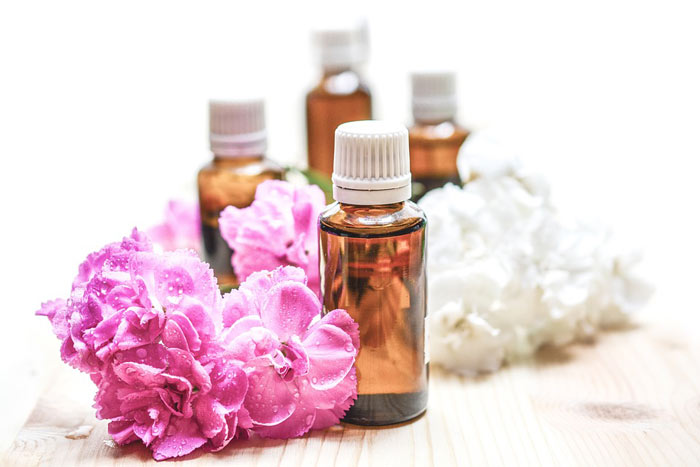 What is inflammation
What is inflammation
Inflammation is how the body reacts to combat and heal injuries: Inflammation often comes with pain, discomfort, swelling, redness, tenderness to the touch and heat – and there are a range of conditions that go hand-in-hand with inflammation, too. Some of these conditions include arthritis (often inflammation of the joints), inflammatory bowel disease (also known as irritable bowel syndrome or IBS; inflammation of the digestive tract, often caused by food). Other conditions like asthma and osteoporosis can also lead to the body responding with inflammation as a result.
#1: Choose the best and purest oil on the market
There are many different types and brands of hemp oil available on the market – but not all of them offer what they promise. Buy only from a buyer you can verify through previous happy clients who have used the product before, and choose only a company whose products have been scientifically tested to contain what the label states – nothing more, nothing less. Would you take a painkiller when the origins of the product are doubtful? No! So don’t do it when it comes to your hemp oil
#2: Combine it with other natural treatments
There are many natural treatments for chronic inflammation: For example, turmeric – the spice giving color to curry – is known to be a powerful anti-inflammatory agent which (just like CBD) has many antioxidants, and can be steeped in milk to make a turmeric tea that does wonders: You might want to add some sugar and cinnamon to that, just for taste. And don’t forget: It’s good for you at the same time. You should also include plenty of olive oil in your diet – though remember that taking olive oil above frying temperature turns it into a carcinogenic, so be careful. Fish should also be part of your diet; if you can’t stomach it, Omega-3 supplements are an essential addition to your diet.
#3: Apply it directly to the affected area
If you have particularly bad inflammation in a specific spot, you can apply CBD oil directly to the affected area for instant absorption. You can also make it a little easier by adding CBD oil to an aqueous cream base for an easy-to-use topical cream You can also add some essential oils to the recipe for your particular ailments: But not turmeric powder! It’s best drank as a tea, and you can trust us on that. (Why? Because nothing stains like turmeric)
#4: Soak in a hot bath

Warm compresses and heat are often fantastic methods to offer relief for inflamed muscles and bone; the same is true for taking a warm bath, which allows your body to relax and often get as close as it can to weightless. You can add a drop or two of hemp oil to your bath before getting in, or you can add a few drops to your foam bath if that’s what you prefer instead.
#5: Regular dosages
Like any medication, if you want hemp oil to work for the long-term control of your inflammation, you’ll have to take it for the long-term, too – this means that it should be treated like any other regimen of medication and taken religiously, preferably in the same dosages and more or less the same time every day.
#6: A note on tolerance
Like any other medication, the body can eventually develop a tolerance to CBD and THC. The good thing about both is that it’s both physically and medically impossible to overdose, and neither are psychologically addictive, either. But when taking hemp oil, you should nonetheless start your dosage of small and gradually work your way up. If you feel it losing efficacy, take a break of a day or so and then continue your regimen as usual.






